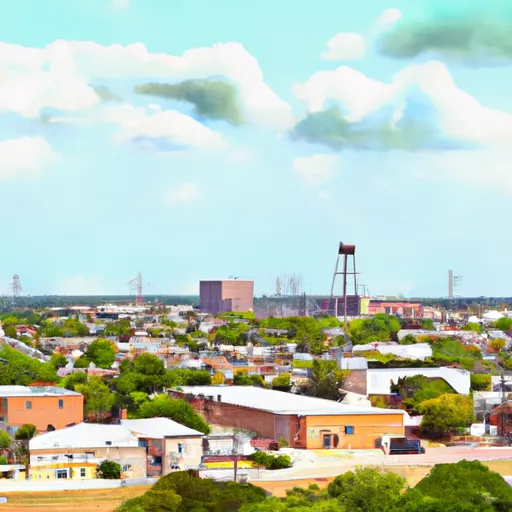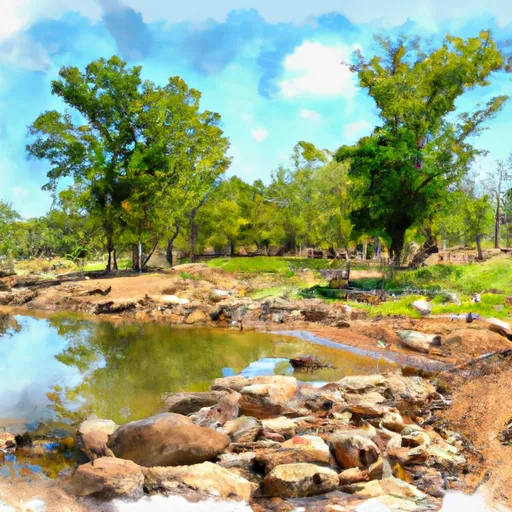°F
°F
mph
Windspeed
%
Humidity











Van, Texas is a small town located in Van Zandt County, within the northeastern part of the state. The climate in Van is characterized by hot, humid summers and mild winters. Summers often see temperatures reaching into the high 90s°F (35°C), while winters are generally mild, with temperatures rarely falling below freezing. The area receives an average annual precipitation of around 45 inches (114 cm), with the wettest months being May and October.
Van is situated near numerous bodies of water, including Lake Van, which provides hydrological benefits to the area. The water quality in Van is monitored, with constituents such as pH, dissolved oxygen, temperature, and conductivity being regularly assessed.
Outdoor recreation opportunities in Van are abundant. The town is surrounded by picturesque landscapes, offering opportunities for hiking, camping, and wildlife watching. Lake Van is a popular spot for fishing, boating, and water sports. The nearby Van Zandt Country Club features a golf course, providing an enjoyable experience for golf enthusiasts. Additionally, Van is home to several parks with amenities such as playgrounds, picnic areas, and sports facilities, making it an ideal place for families to enjoy outdoor activities.
Weather Forecast
Van receives approximately 1076mm of rain per year, with humidity levels near 78% and air temperatures averaging around 18°C. Van has a plant hardyness factor of 8, meaning plants and agriculture in this region tend to thrive here all year round.
Regional Streamflow Levels
0
Cubic Feet Per Second
1,380
Cubic Feet Per Second
855
Cubic Feet Per Second
0
Cubic Feet Per Second
Nearby Camping
| Camping Area | Reservations | Toilets | Showers |
|---|---|---|---|
| Sanders Cove - Pat Mayse Lake | |||
| Huntsville State Park | |||
| Stubblefield Lake | |||
| Pat Mayse East - Pat Mayse Lake | |||
| Lake Holbrook Park - South | |||
| Lake Quitman Park |



